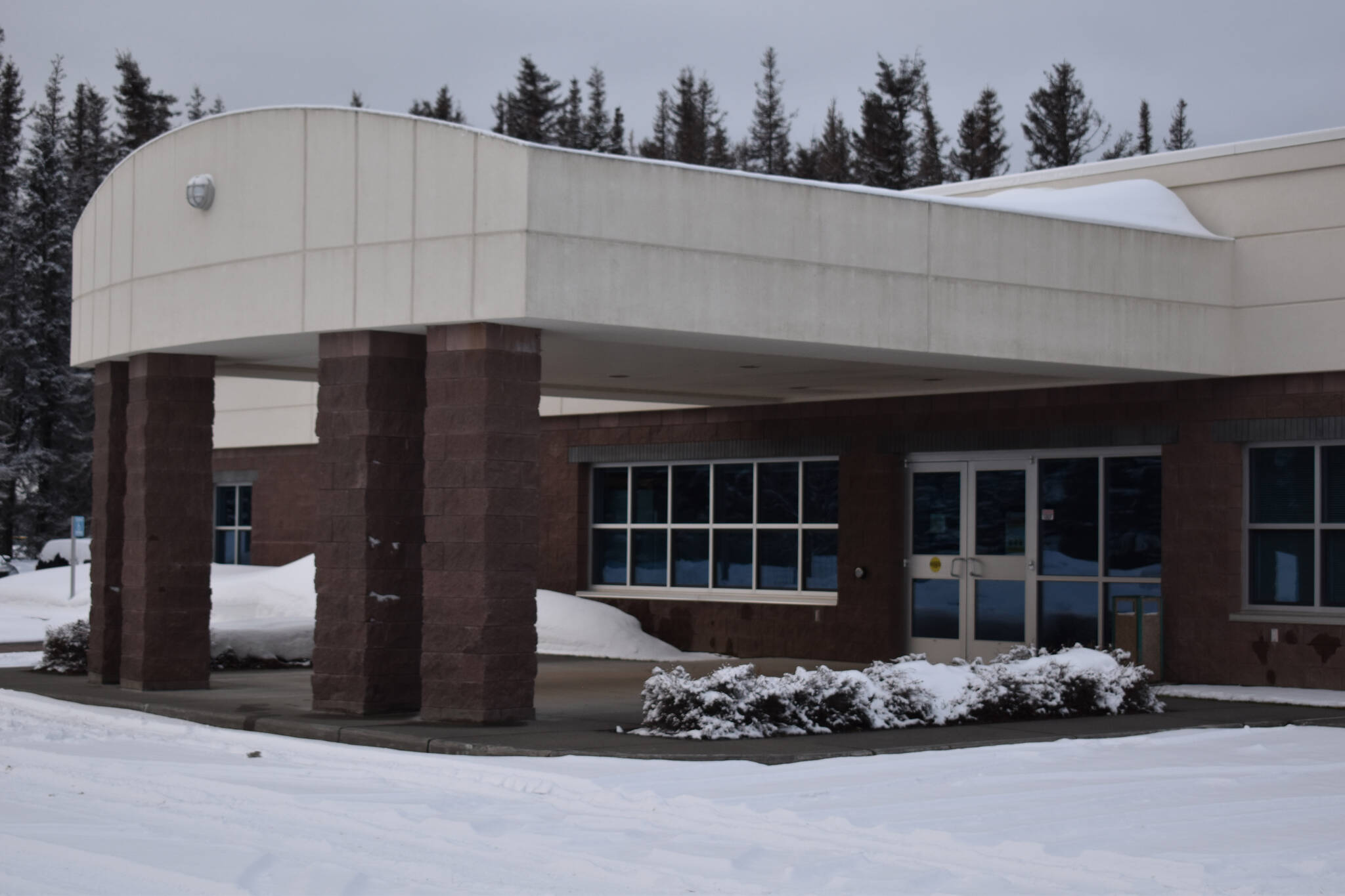Childhood vaccination rates in Alaska are lagging far behind the national average, and have been for years, according to an Epidemiology Bulletin published by the State Department of Health on Tuesday.
The childhood immunization schedule, recommended by the Advisory Committee on Immunization Practices, is intended to protect children against 14 infectious diseases in their first two years of life, the bulletin says. The seven-vaccine series includes protection from diphtheria, tetanus, pertussis, polio, hepatitis B, measles, mumps, rubella, varicella and pneumococcal bacteria.
The bulletin says that all vaccines administered in Alaska are reported to the Alaska Immunization Information System. According to data from 2018 to 2022, the completion rate of the immunization series has fallen from 64% in 2018 to 55% at the end of 2022. That decline, the bulletin says, began at the start of the COVID-19 pandemic.
In that same time period, the national average has increased from 69.7% to 70.1%.
Alaska’s declining vaccination rate, the bulletin says, is attributed to fewer available appointments, delayed visits and vaccine hesitancy during the COVID-19 pandemic. The decline has disproportionately affected those in rural areas or below the federal poverty level.
“Vaccine preventable diseases are a threat to the public’s health,” the bulletin reads. “Potentially causing serious illness, disability, or death.”
In pursuit of an improvement, the bulletin says that communities can overcome barriers by providing information and guidance to parents, offering lists of local immunization providers, promoting free clinics at schools or public health centers, and improving vaccine confidence.
The State Department of Health in November announced a partnership with Docket, a mobile app that tracks official immunization records for free with only a name and date of birth.
Information about vaccines and their availability can be found at vaccinate.alaska.gov.
Reach reporter Jake Dye at jacob.dye@peninsulaclarion.com.

